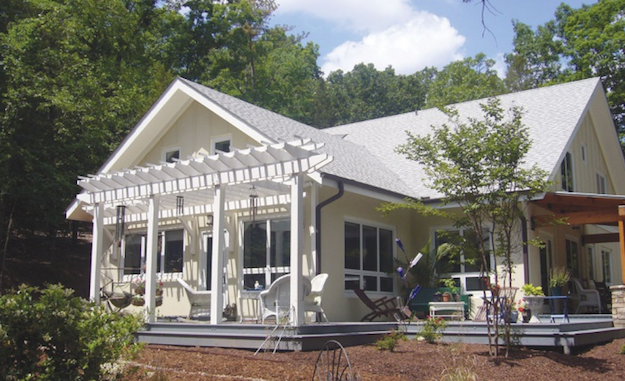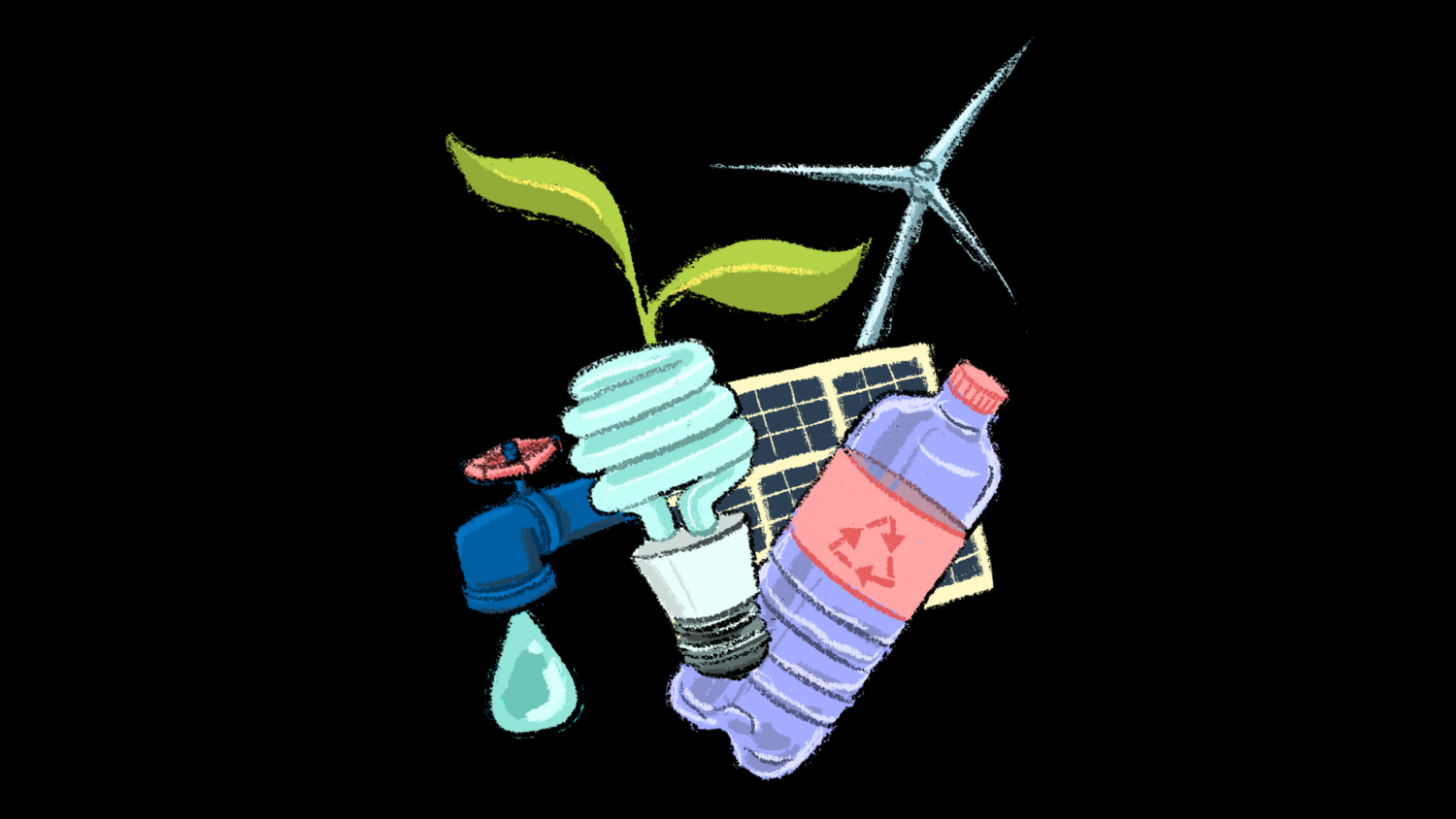IN INCLEMENT WEATHER, A REMINDER THAT RESILIENCE MATTERS

Photo: Anchorage Building
Extreme weather is once again bringing blackouts and disruption to many parts of the state. Homes have been left without power. Commuters have been stranded in the snow for hours. And schools and businesses have had to shut down because of the weather.
While talk of greener communities usually focuses on sustainability – another, complimentary, concept is worth paying attention to, especially as the snow starts falling:
Resilience.
In other words, reducing energy use and carbon emissions through cutting edge technology is a worthy cause, but in a world where climate change and resource depletion may bring more regular disruption to our lives, many sustainability advocates argue that we need to start setting up our homes, our businesses and our communities to better prepare for such disruptions.
Passive Houses
One exciting development on this front is the passive house movement r passivhaus, as it is known in Germany – where the movement originated. Passive houses are designed to not just reduce energy use, but to be able to stay warm in winter and cool in summer using little to no external energy sources. High tech solutions like solar panels are often incorporated into passive house design but, crucially, the homes are also designed with massive amounts of insulation, they are oriented to make the most of passive solar heating, and they also use natural ventilation methods to keep the living space cool in summer.
In a recent post about passive houses and the polar vortex, Lloyd Alter over at TreeHugger argued that resilient design like this is becoming a necessity:
At the time of this writing, Hundreds of thousands of people are without power right now in Pennsylvania. The whole Northeast has been going through cold like we haven’t felt for years. If anyone ever needed a lesson in why we should stop building glass towers and why we should be building to far higher standards of insulation, this has been it. The people who are living in Passive Houses are sitting pretty while everyone might freeze in the dark.
Passive houses are still a relatively new concept in North Carolina, but there are builders pushing the movement forward. Anchorage Building of Chapel Hill has built the first three certified passive houses in North Carolina, and New Phire Building is also passive house certified.
Recent weather events can only help to increase interest in resilient design.
- Categories:


